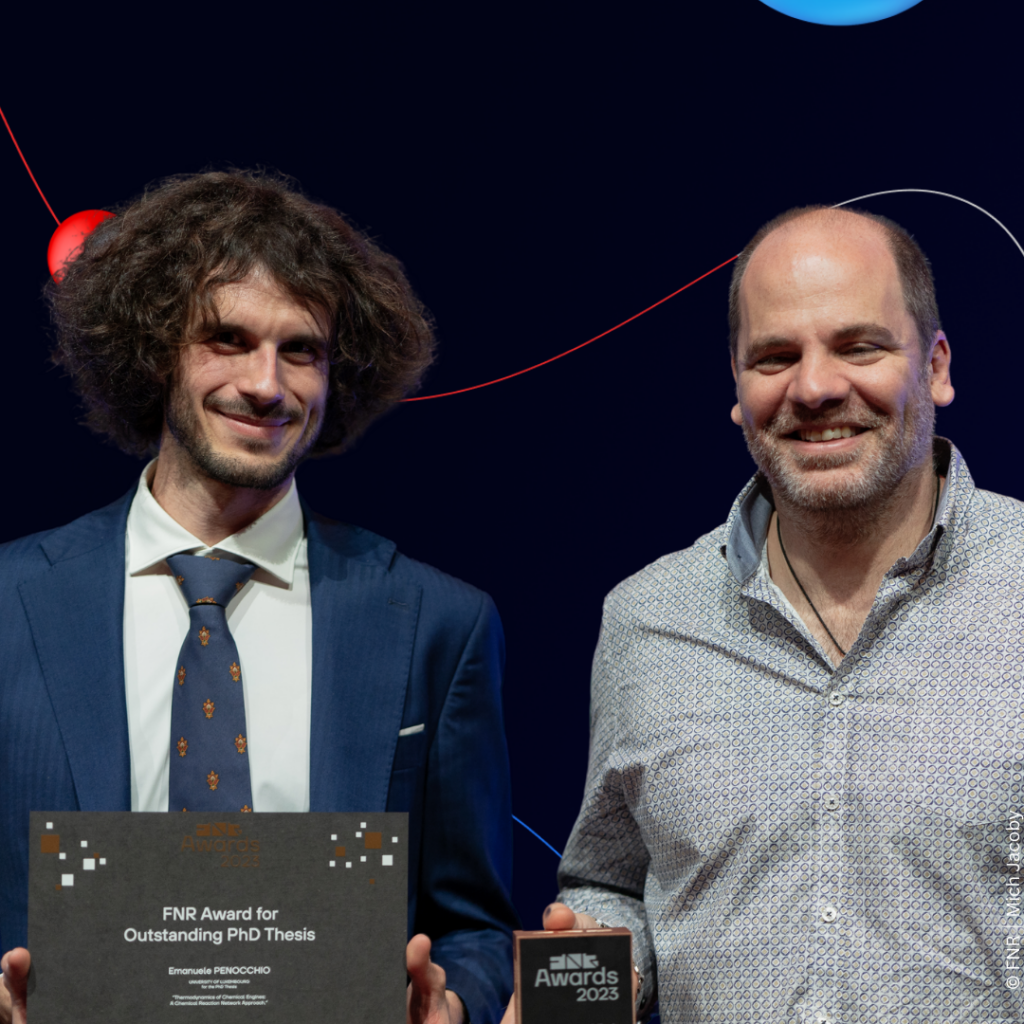Is Coding Dead? How Low-Code and AI are Transforming Software Development – by Prof. Jordi Cabot
22 February 2024

Software powers every single aspect of our society. From our phones to our fridges to our cars. Indeed, even a car alone hosts tens of millions of lines of code controlling its electronics systems. And companies demand more and more software every day as part of their digital transformation.
Software powers every single aspect of our society. From our phones to our fridges to our cars. Indeed, even a car alone hosts tens of millions of lines of code controlling its electronics systems. And companies demand more and more software every day as part of their digital transformation.
This article is an opinion paper written by Prof. Jardi Cabot, . It was also published in Silicon Luxembourg in English and Forbes Luxembourg in French.
This was already true a decade ago when Marc Andreessen wrote his famous article “Why software is eating the world” and it is even more true today when all sorts of software products and services are expected to be “intelligent”. For example, a product may need to interact with its users in natural language (e.g. via a chat or voicebot), give users proactive recommendations (e.g. offer additional products to purchase), or even be able to internally classify customers according to their potential long-term value based on their past interactions with the company.
One thing is for sure. The existing pool of professional developers cannot cope with this growing demand. Shortage of high-skilled workers is a well-known issue in Luxembourg and in Europe. I believe the only option for companies that want to keep up the pace and quality of their software needs is to embrace low-code and generative AI as the core strategies for ensuring rapid and cost-effective software application development.
Let’s explore these two concepts and why they represent the future of software development, as long as we understand and mitigate their risks.
Low-code software development
Low-code platforms promise the creation of software applications with little coding thanks to the use of visual modeling environments and predefined software templates from which the final application code is automatically generated. We can even create some types of applications without writing a single line of code thanks to the so-called no-code platforms that can be regarded as an extreme version of low-code.
Market research firms like Gartner and Forrester predict an impressive growth of the adoption of low-code platform. However, this growth depends on the evolution of current low-code platforms. They are still too oriented to the generation of classical form-based web applications while companies, as described above, demand smarter software systems able to leverage AI technologies as part of their core functionality. Therefore, heavy investments in the current generation of low-code tools could lead to disappointing results.
Generative AI is a game changer for low-code development
Generative AI (GenAI) refers to the use of machine learning models for the generation of text, images, videos and even software code! in response to user prompts describing the desired output. Generative AI has multiple applications in software development with huge benefits on a developer’s productivity. According to GitHub, a software development platform owned by Microsoft, their well-known GitHub Copilot, the most popular AI coding assistant able to suggest code completions as developers type, is already making developers 55% faster.
But I bet GenAI will have an even larger impact when applied on top of low-code platforms. GenAI could be used to suggest alternative software designs, to autocomplete visual models based on the specifications of previous projects or to help you write more advanced code-generators or complex business logic rules and processes.
However, GenAI also has some risks. The generated code may include bugs, vulnerabilities, data leakage and even show different types of social biases embedded in the data used to train the GenAI models (e.g. an AI-based mortgage app biased against people of color).
As such, GenAI should be used with caution and care. And every company must define its own internal AI policy. Even when GenAI is not part of the company strategy and therefore not supposed to be used, as more than half of GenAI adopters use unapproved tools at work, according to a survey from Salesforce.
Leveraging the power of AI-enhanced low-code platforms
The intersection of low-code and Generative AI will fundamentally disrupt the development of the enterprise software systems of tomorrow offering many benefits such as productivity gains of development teams, better software quality and increased customer satisfaction. Furthermore, it will allow people with none or very little IT knowledge to create new business applications. As some people say, and I concur, the programming language of the future will not be Java or Python, but plain English (or French, or German or Luxembourgish…): non-technical users will describe the application to a bot that will generate, deploy, and run the application as part of a continuous feedback loop.
The research community is now exploring how to maximize the benefits of the GenAI + low-code combination and transform this dream into reality. In both directions: GenAI to assist low-code developers and the use of low-code to accelerate the development of new GenAI components to be embedded in our software systems. A significant example of such research efforts is taking place right here in Luxembourg around our FNR-funded BESSER project aimed at building better smart software faster. BESSER is building an open-source intelligent low-code platform. Such an open-source foundation helps to mitigate the risks of low-code by avoiding potential vendor lock-ins and the risks of GenAI by enhancing the transparency, accountability and explainability of the AI models, something also required by the forthcoming EU AI Act.
Get ready for this future by encouraging both your developers and business experts, to “play” with these smart technologies (e.g. with BESSER!) and learn first-hand about their benefits and limitations. Just never forget that you are still in the driving seat (literally and figuratively). The AI proposes but the human decides. Not even an AI-enhanced low-code platform can read your mind and transform your thoughts into running software. At least not yet.

Professor Jordi Cabot is head of the Software Engineering RDI unit at the Luxembourg Institute of Science and Technology (LIST). He is also an affiliated professor of computer science at the University of Luxembourg.
In 2023, Professor Cabot was awarded a €3 million PEARL Chair by the Luxembourg National Research Fund (FNR) to set up and coordinate the BESSER (BEtter Smart Software fastER) project in collaboration with the Interdisciplinary Centre for Security, Reliability and Trust (SnT).
Before moving to Luxembourg, Jordi Cabot was an ICREA Research Professor at the Internet Interdisciplinary Institute, the research centre of the Open University of Catalonia (UOC), where he led the Systems, Software and Models (SOM) Research Laboratory. He has also been Visiting Professor at the University of Applied Sciences in Western Norway, Associate Professor at the École des Mines de Nantes as part of an Inria International Chair, Postdoc at the University of Toronto, and researcher at the Politecnico di Milano and the Technical University of Catalonia. He has also co-founded two start-ups.
His research falls into the broad area of systems and software engineering, especially promoting the rigorous use of software models in all software tasks, while keeping an eye on the most unpredictable element of any project: the people involved in it. His current research topics include pragmatic formal verification techniques, open source communities analysis, open data exploitation and the role that AI can play in software development (and vice versa).









